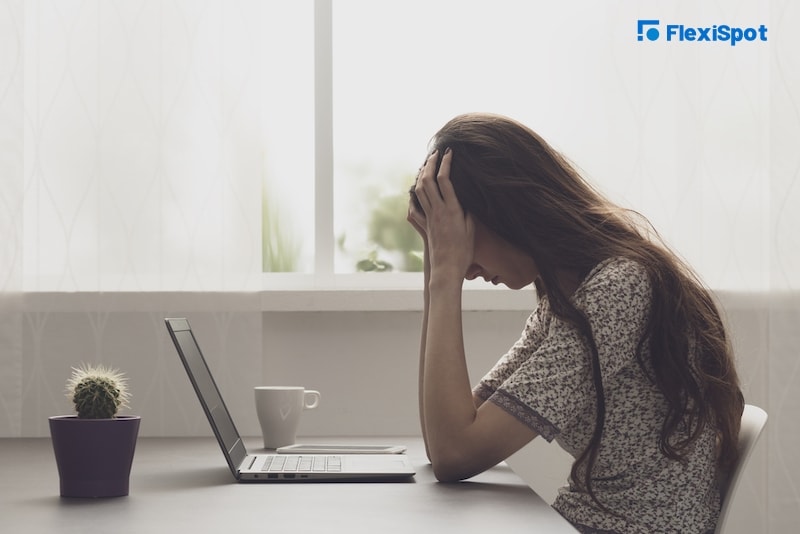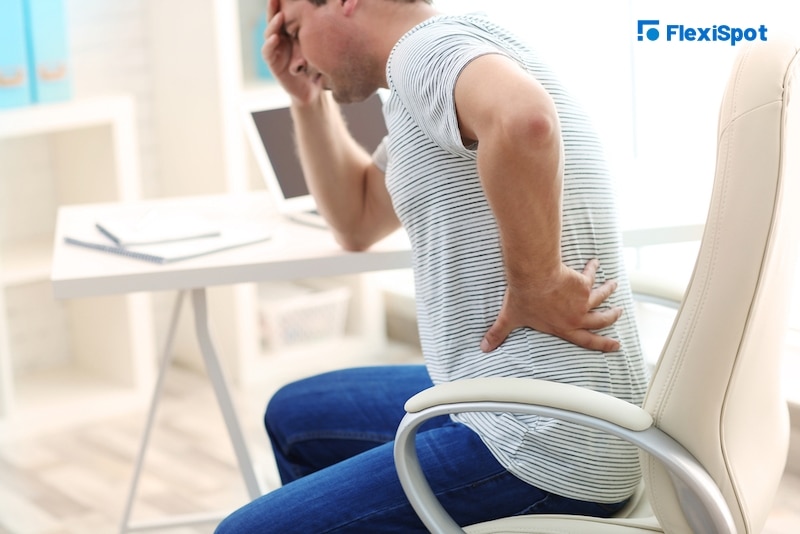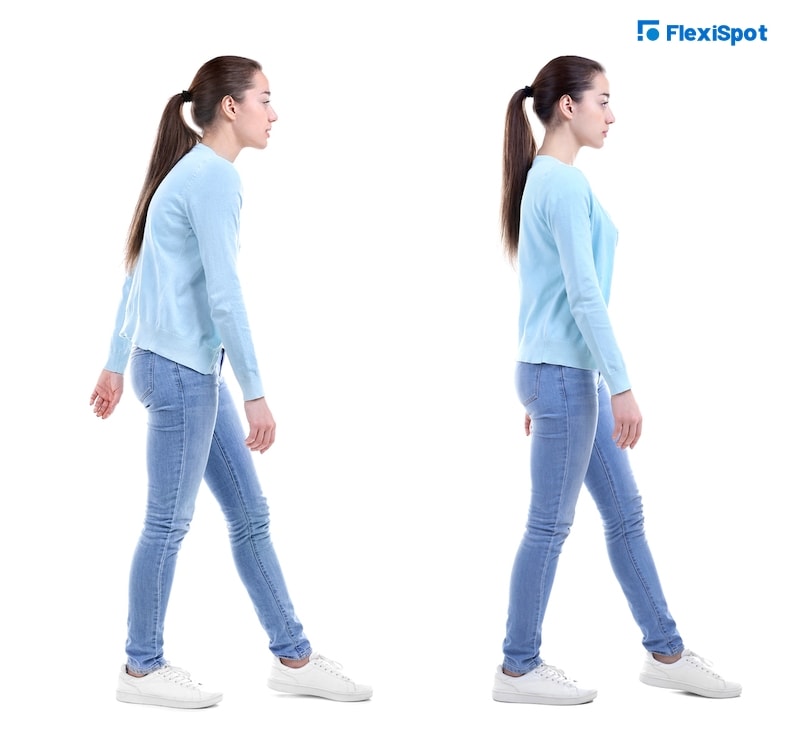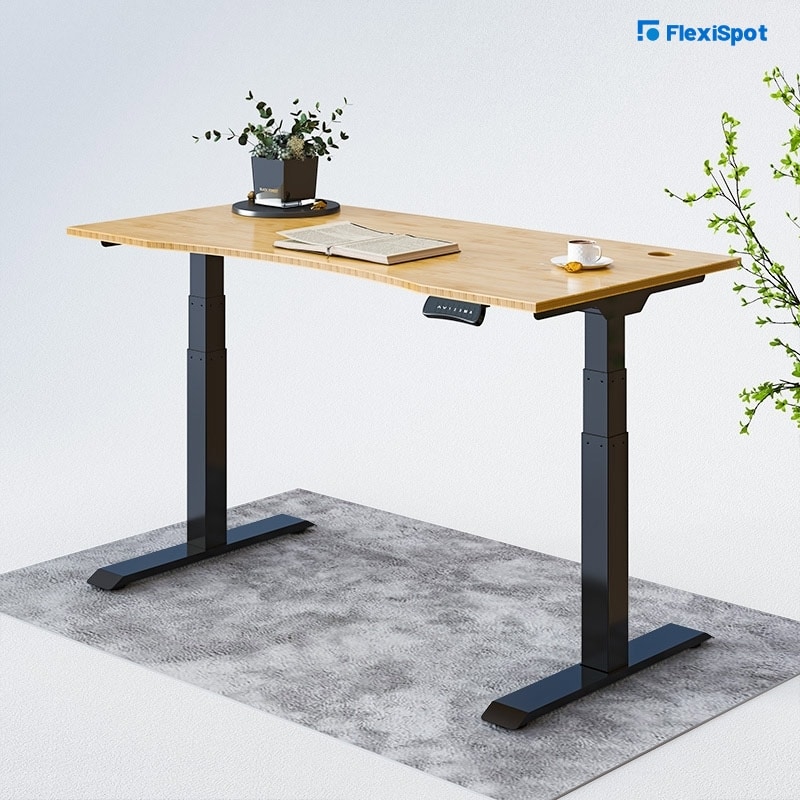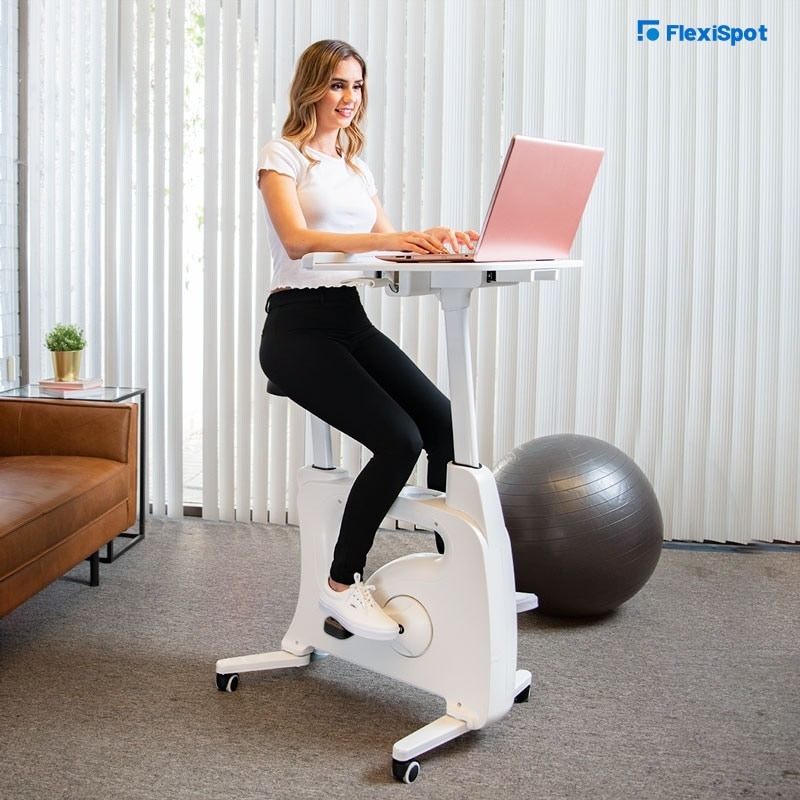Do you stoop or slouch when working at your desk? Don’t lie..
Poor posture has been a topic of discussion among professionals in the last couple of years. Studies have found that workplace injuries resulting from poor posture and the use of wrong and faulty equipment are quite detrimental. People who employ better posture in their daily life lead healthier lives. They become more conscious of their bodies and the effects of poor posture on their health.
Even with the benefits of improving posture explained, many people find it difficult to beat these poor posture habits. This is because they consider these positions ‘comfortable.’ That comfort is, however, deceiving because you are applying pressure to parts of your body, causing them harm. Posture is more than just a depiction of class. It is an awareness of your body and ensuring you are in good condition. With good posture, you can beat back pain, common muscle injuries, reduce stress to your joints and improve overall productivity. In addition to this, your posture also affects your blood circulation, digestion, and respiratory health.
So many things in life contribute to poor posture. However, you can correct these habits and improve your posture naturally and over time.
Is stooping and slouching the same thing?
In terms of posture, yes, they fall under the same category of bad posture. In definition, stooping is leaning forward, especially when you are sitting at a desk. This is often done on purpose. Slouching, on the other hand, is being overly relaxed in any position. This means that you can slouch when sitting and even when standing.
When you exercise any of these positions, you apply stress to your spine. Constant slumping pushes your inside organs together and has a lot of other harmful results. When you are in these positions, it means that parts of your body cannot function properly.
Effects of poor posture
Given a chance to drink from the fountain of youth, most people would jump at that chance. Well, since that is not happening, it is prudent that you start watching your posture. Experts claim that bad posture contributes to aging. Applying too much pressure on your organs leads to aging your joints, bones, muscles, and other body parts.
If that hasn’t forced you to rethink your posture habits, consider the fact that slouching and stooping bend your spine. Poor posture will bend it faster, leaving you stooped and unable to correct your posture forever.
Other effects of poor posture include:
Back pain
When you are slouched or stooped, you have placed your body in a position that causes stress to your back. The strain to your upper and lower back leads to pain around your shoulders and right below your neck. You also experience pain around your tailbone.
Neck and head pains
When your posterior muscles are stressed, your neck and headache. The tension resulting from the stress can cause you painful headaches.
Poor sleep
Getting adequate sleep is vital for your body to relax and reset for the next day of work. However, a poor posture robs you of this luxury. Due to poor posture, your body cannot fully relax, which leaves you tossing and turning all night in a bid to find a comfortable position for your neck and back.
Poor circulation and digestions
The effects of bad posture are not just those you can see. Poor posture is also linked to digestion and circulation issues, leaving you with bigger health issues.
Lack of motivation
If we’re honest, being in a stooped or slouched position is very unproductive. In that position, it slows your motivation to work affecting your focus and performance. Your mind shifts to the discomforts that your body is experiencing rather than the work you need to do.
How to fix poor posture
Poor posture can be improved over time. Here’s how:
1. Practice walking straight
It might seem obvious, but it is essential to emphasize this. Standing and walking straight are not only good ways to fix your posture but they also feel and look good. A good posture is when you are comfortably standing, shoulders straightened and ears above your shoulders, straight back and knees, and a tucked stomach. You should not stick your hips out too much when walking or standing.
2. Sit upright
This is very important, especially for workers who spend extended periods behind a computer. Sitting behind a computer all day can be exhausting; that is why it is important to practice the proper posture. Most office chairs are comfortable to recline in, which then leads to stooping as you work. When you catch yourself doing this, practice active sitting, where your hips and knees should be at a ninety-degree angle. To achieve this, both feet should be flat on the ground.
To help with this, you can invest in an ergonomic chair or ergonomic setup, especially for workers.
3. Take regular breaks
Sitting or standing too long promotes poor posture. Therefore, take regular breaks throughout your workday. This ensures your body moves about and your muscles stretch, relieving any stress you may have applied to them when working.
4. Don’t lean into your phone.
In this day and age, it is next to impossible to separate people from their smartphones. People who are glued to their phones often lean forward to see their phones better. They end up with their heads down, causing strain on their necks and stooped forward, which is harmful to their spine. Instead, you should move your eyes to see your phone instead of your whole head.
5. Avoid heels as much as you can
Heels look good, they don’t always feel too good, but did you know that they can cause serious spine problems? We’re not saying to give up on heels entirely; just manage the amount of time you spend in them. When you walk in heels, your spine is pushed forward, giving you an overarched position. This pressure results in back pain and strained muscles. Choose the days to wear your heels and alternate with chunky heels as well as flat shoes.
6. Exercise, exercise, exercise!
This cannot be said enough. Keeping your body in top form can help you correct your posture. Exercising is a great way to fix poor posture and encourage you to practice better posture. There are various workout plans you can use to achieve various results.
Must-haves for better posture
Ergonomic chair
An ergonomic chair can save your back and neck a lot of strain. Whether working from home or the office, having a good chair will help you with your posture. Without the right ergonomics on the office chair you use, it is hard to know what the benefits are. However, if you want to beat slouching and stooping, an ergonomic chair is the way to go.
Investing in a good chair is a worthy investment. There are a variety of models available in the market in various sizes and price ranges. You can also find posture guides to help you use your ergonomic chair in the right way to achieve the desired result.
Standing desk
Standing desks have become somewhat of a movement for gamers, students, and office workers. With the world being in the middle of a fitness transformation movement, more people are becoming aware of the need to lead a healthier lifestyle. Studies highlighting the dangers of a sedentary lifestyle have also prompted action from many people. One solution to this is a standing desk. Standing desks help people adopt an active lifestyle where you switch the way you work.
With the right standing desk, you can switch from sitting to standing in a matter of seconds, at the touch of a button. As you begin using a standing desk, it is important to remember that you need to switch regularly because standing too long is also harmful to your body.
Beat sedentarism with mobility exercises
Whether or not you have the proper ergonomic setup, mobility exercises are necessary to stretch your muscles. Prolonged sitting encourages slouching and stooping, and prolonged standing can hurt your back and knees. So, the solution is to balance them out by ensuring that you don’t sit or stand at your computer too long.
Take fifteen-minute breaks to walk around the house. When you move around often, you prevent involuntary tightening of your muscles that can lead to pain. You can also invest in exercise equipment like a fitness chair, desk bike, and the like to help you exercise while at work.
Conclusion
We know that posture is very important to our health and wellbeing. Therefore, it is crucial to practice better posture. This starts by beating those bad posture habits that you consider ‘comfortable.’ The detriments of poor posture are clearly outlined. And when you look at it as a whole, it is much easier to work at achieving better posture to save yourself from a lifetime of pain and discomfort.
This Fall, purpose to begin your journey towards better posture, and your body will thank you!
